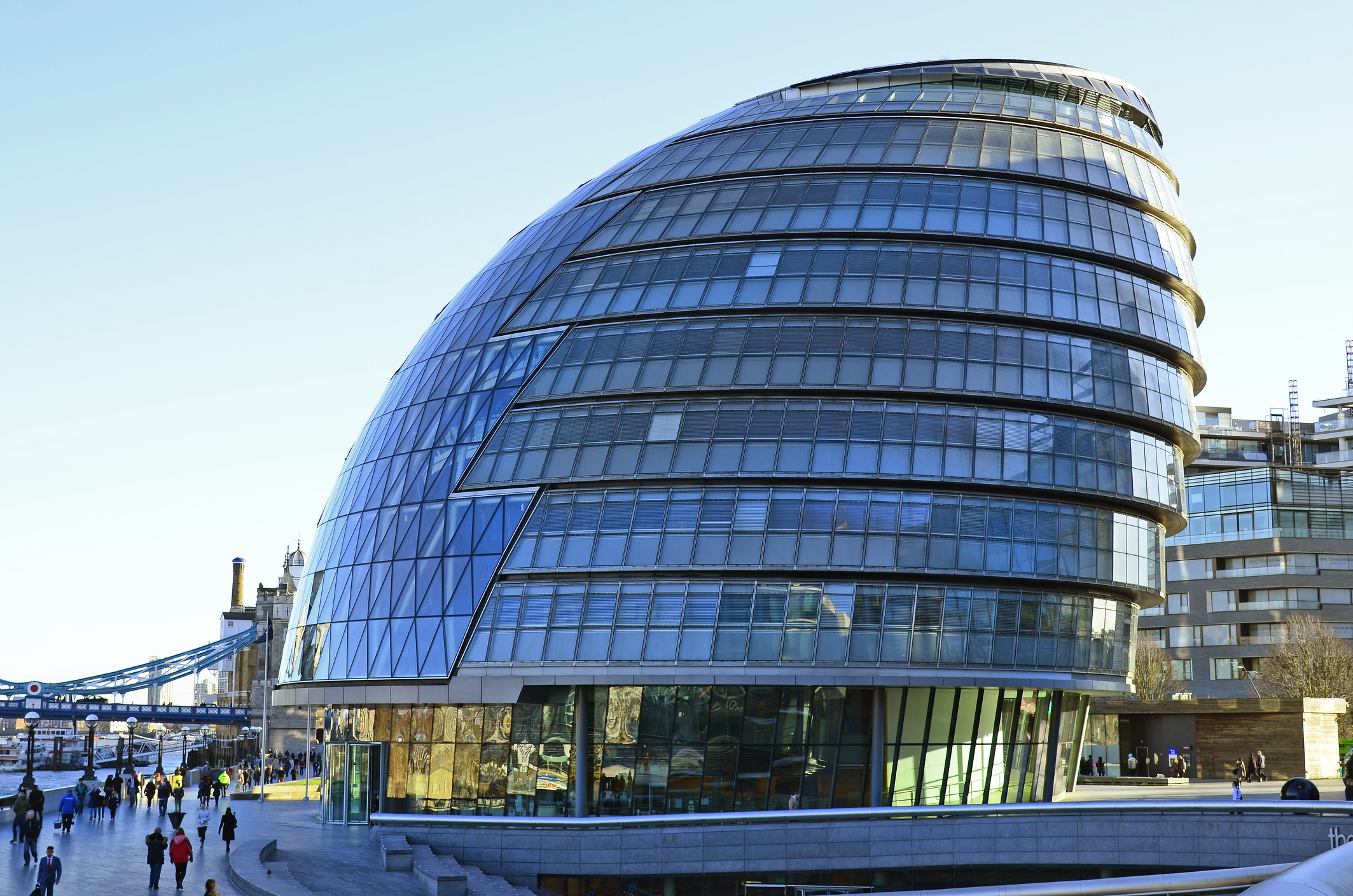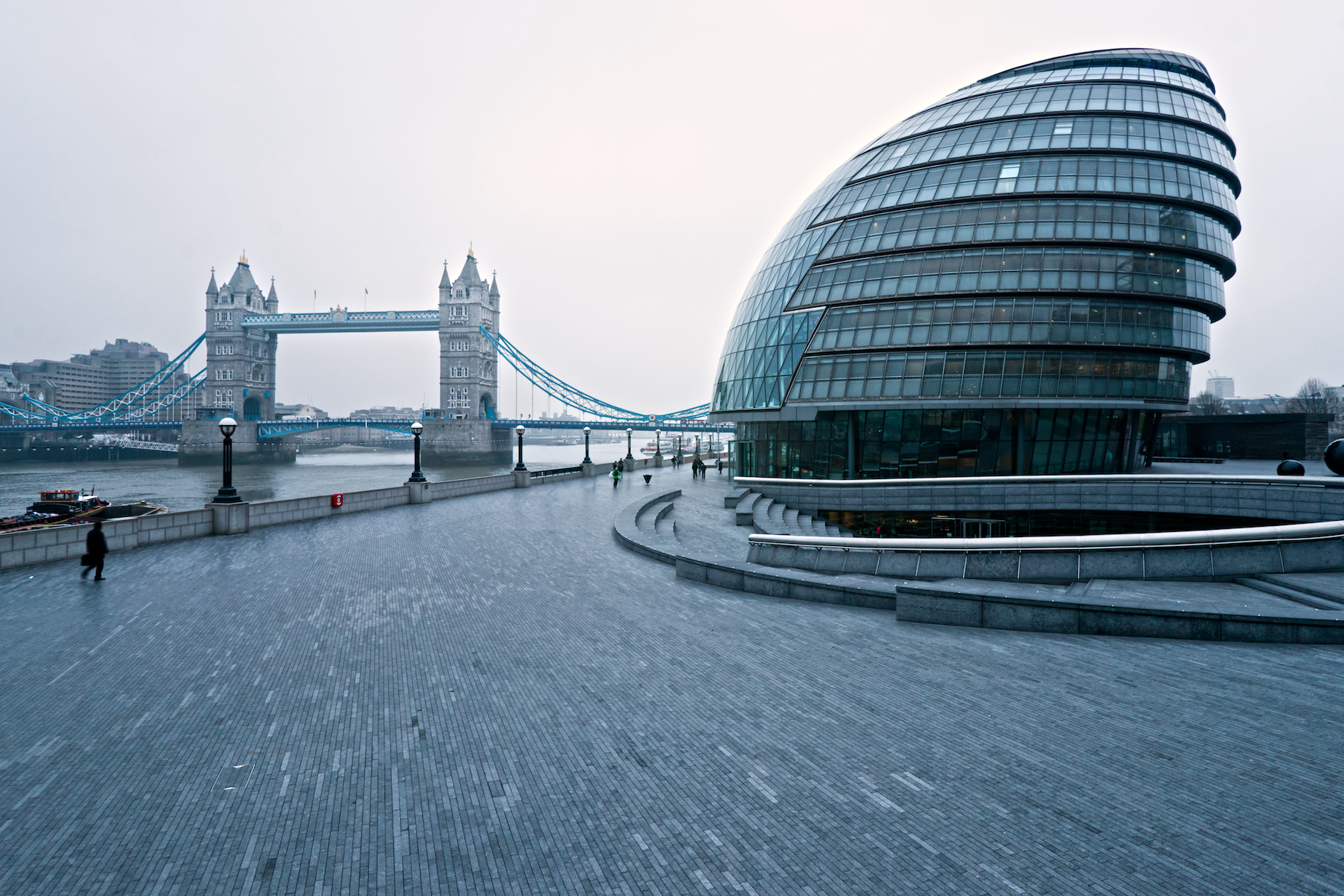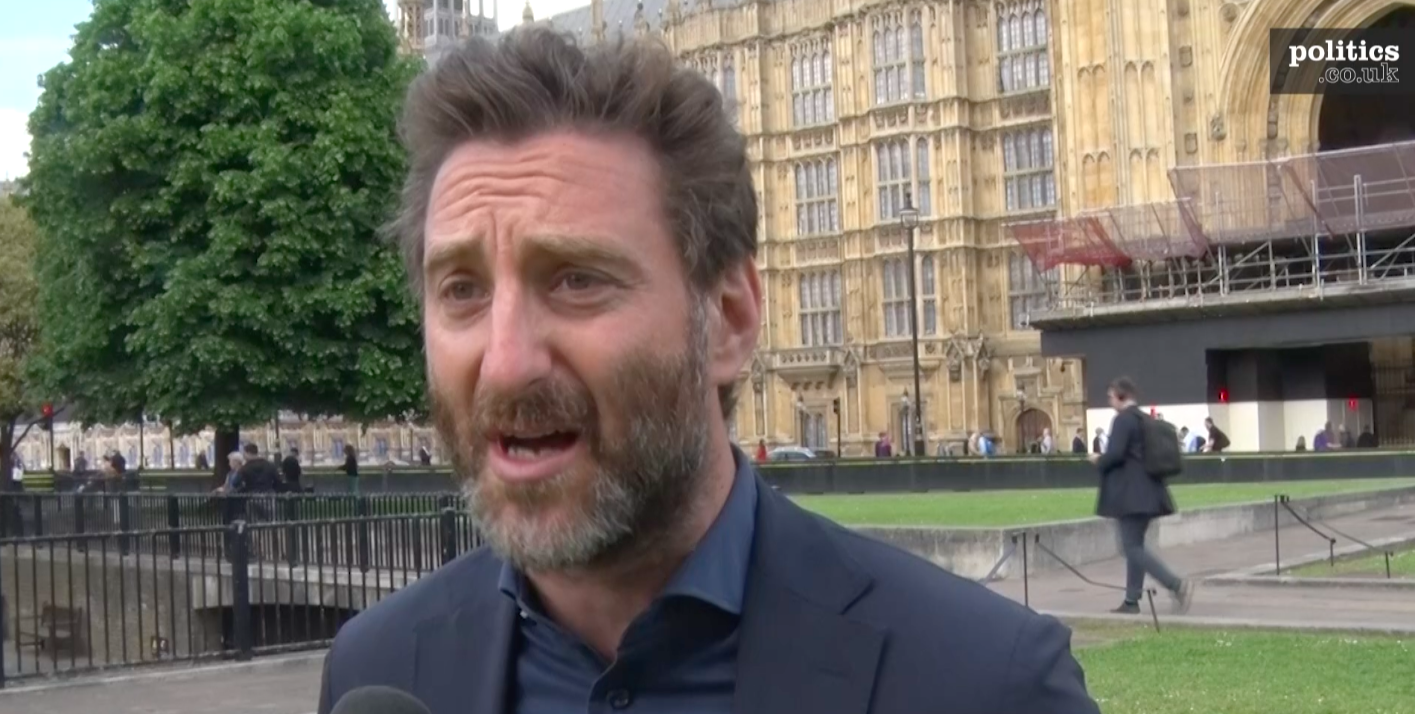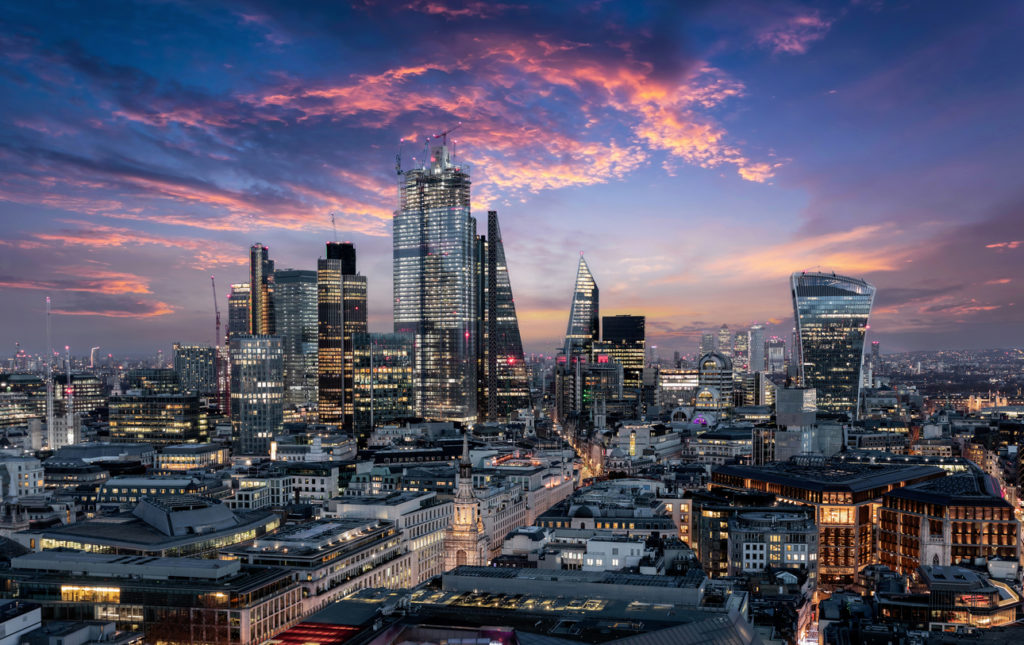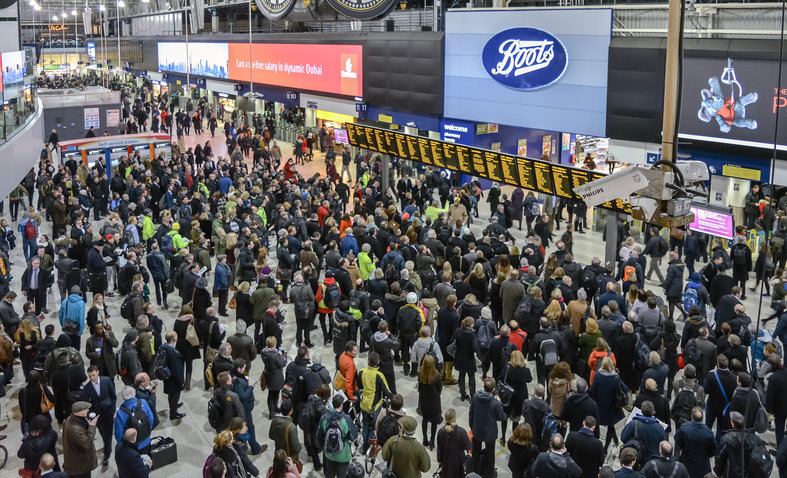What is the Mayor of London?
The role of the Mayor of London was created under the Greater London Authority Act 1999 as part of the then Labour government’s commitment to restore a city-wide government for London.
The Greater London Authority (GLA) comprises a directly elected Mayor and a separately elected London Assembly consisting of 25 members. The Mayor and Assembly are elected for a fixed term of four years. The first elections were held in May 2000 and the GLA began work in July of that year.
Former Labour MP Ken Livingstone was elected Mayor on May 4th 2000. Having been rejected as the Labour party’s candidate, he ran as an independent and was subsequently expelled from the party.
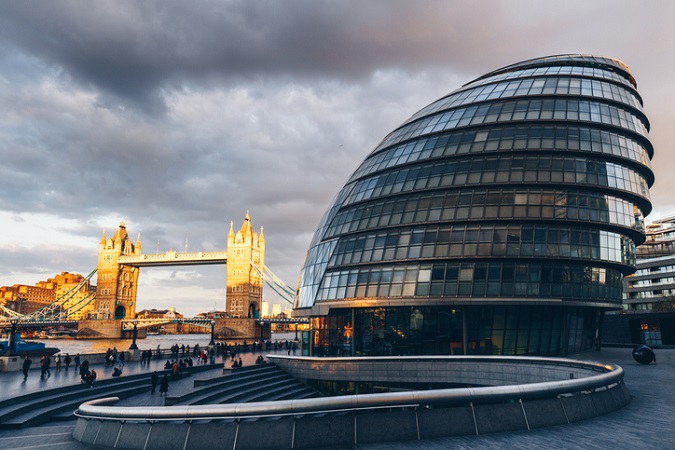
The Mayor of London is based at City Hall, which sits on the Thames near Tower Bridge.
He was re-elected for a second term on June 10th 2004, this time as the official Labour candidate having been re-admitted to the party shortly before the election. He stood again as the official Labour candidate in the May 2008 elections, but was pipped to the post by the Conservative candidate Boris Johnson, who was re-elected to serve for a second term in May 2012.
Having returned to Parliament in 2015 for the London constituency of Uxbridge, Mr Johnson stood down as London Mayor in 2016.
Sadiq Khan stood for the Labour Party in 2016, and was elected London Mayor with 56% of the vote.
With the mayor elections having been delayed one year in 2020 as a result of the coronavirus pandemic, Sadiq Khan was re-elected in 2021 with 55.2% of the vote (a 1.6% reduction on his 2016 vote share).
What does the Mayor of London do?
The Mayor of London, together with the London Assembly members, is accountable for the strategic government of Greater London.
This includes responsibility for transport, police, civil defence and fire services, planning, economic development and wealth creation, social development and the improvement of the environment. The Mayor also has a number of duties in relation to culture and tourism including responsibility for Trafalgar Square and Parliament Square.
The Greater London Authority Act 1999 has been supplemented and updated by the Greater London Authority Act 2007 which granted the Mayor and the London Assembly further key powers in the areas of planning, housing, health and the environment. The new Act also strengthened the Assembly’s scrutiny powers and improved other aspects of GLA governance.
The Mayor of London is elected using the First Past the Post system if there are only two candidates. However, if there are three or more candidates, as has been the case so far, then the Supplementary Vote system is used under which voters can cast a first and a second choice vote.
If a candidate receives more than half of all the first choice votes, they are elected. If not, the two candidates with the most first choice votes go through to the second round and the one with the highest total of first and second choice votes wins. In the event of a tie, the Greater London Returning Officer will draw lots.
What does the London Mayor earn?
In 2020/21, the Mayor of London earned a salary of £152,734. This was comparable with that of the Prime Minister and the Speaker of the House of Commons.
An ordinary member of the London Assembly is paid £58,543 per year. Those Assembly Members who are MPs receive a two-thirds abatement to their salary.
The Chair of the Assembly and the Statutory Deputy Mayor receive a higher salary of £70,225 and £105,269 respectively.
What is the Lord Mayor of the City of London?
The role of the Mayor of London is not to be confused with that of the Lord Mayor of the City of London.
The City of London’s distinct status dates back to the time of Alfred the Great, while the Corporation of London dates back to 1132, during the reign of Henry I.
The Lord Mayor of the City of London serves for a one-year term of office and is apolitical. He presides over the City of London’s governing bodies – the Court of Aldermen and the Court of Common Council – and is head of the City of London Corporation. He plays a key role in promoting UK-based financial services and related business services both nationally and internationally.
London government – A history
The abolition of the Greater London Council (GLC) in 1986 brought to an end 97 years of local rule in London.
London’s first government, the London County Council (LCC), was a directly-elected authority set up in 1889 by the Conservatives. In 1963 the LCC was replaced by the GLC in response to the continued growth in both the size and population of the capital; its first members were elected in 1965.
Labour regained control of the GLC in 1981 headed by Ken Livingstone whose policies at that time led to him being accused of running a ‘loony left’ administration and earned him the soubriquet ‘Red Ken’.
The Conservative prime minister, Margaret Thatcher, was determined to abolish the GLC and in 1986 succeeded in doing so.
When Labour was re-elected to power in 1997 one of its main manifesto pledges was to hold a referendum on the restoration of a democratically-elected strategic authority for London with a directly elected mayor and Assembly.
A referendum was duly held in May 1998 and on a turnout of 34 per cent of Londoners, 72 per cent voted in favour of the proposal. The Greater London Authority Act received Royal Assent in October 1999.


